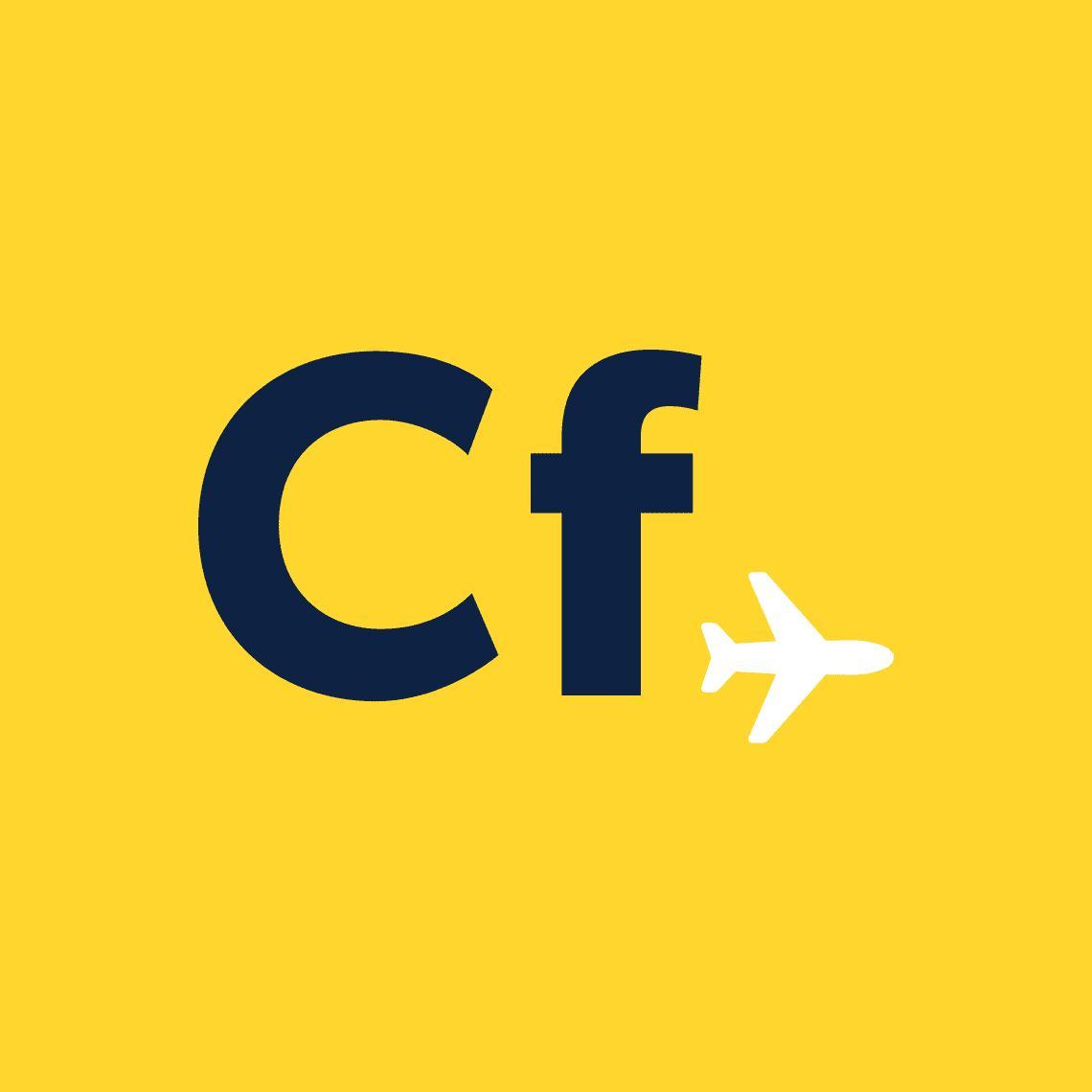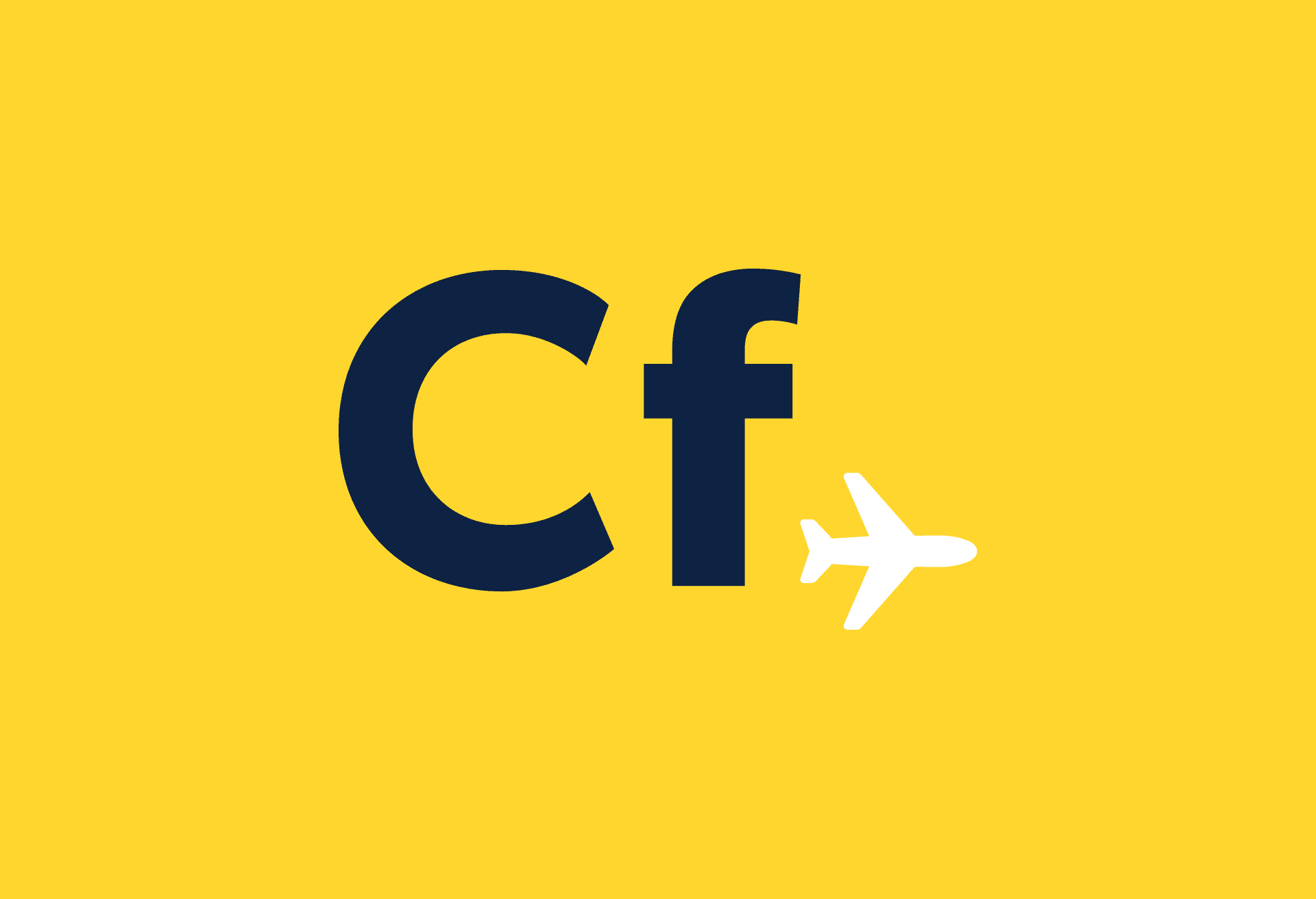Cork isn’t just the Republic of Ireland’s second city, it’s a world unto itself – take it from a Corkonian born and raised (that’s the official term for us). Home to the world’s second largest harbour, the hum of Cork’s mercantile past still pulses through this small European city.
So, when you’re taking advantage of the increasing number of super cheap tickets to Ireland from pretty much any airport in the UK, why not consider spending some time in this surprisingly cosmopolitan and relaxed city. Cheapflights.co.uk can help with finding flights there, but with so much charm and culture on offer, you should probably steer clear of conversations with the locals, who might just convince you there’s really no need to leave…
Getting there
The best and most cost efficient way to get from the airport to the city centre is by taking the 226 bus. It gets in at Cork’s bus station in the city centre. Conveniently, the same bus also stops off at the pretty coastal town of Kinsale, which is adored by tourists for its homey bars and excellent restaurants (try The Black Pig for a beautiful, bohemian tapas experience that can scale up or down from cheap and hearty to a many plate feast).
Getting around
Cork is easy to get around by bike or on foot. Not every street is suitable for biking, but there’s a safe, scenic stretch from the “Lee Fields” past Fitzgerald’s Park and into the city centre via Pope’s Quay. Cork’s Coca-Cola Bikes are available for €170 for a three-day pass. You can also opt for cheaper one-day bike tours if you’re OK with surrendering your wheels at the end of the day. When you’re walking through Cork’s centre, you may find yourself scratching your head as you encounter one or another of the river’s mysterious twin channels. Much of Cork city centre is built on reclaimed marshy islands so the city streets follow an unpredictable course.
If you’re heading to another Irish city or out for a day trip, Cork’s bus and train station are a short walk away from the city centre. Taxi ranks are dotted throughout the city centre. If you’re visiting on the weekend, consult timetables on Bus Éireann, as buses can be scarce on Sunday. Uber and Lyft are not currently available in Cork, but you can download the ride-hailing alternative Hailo, which is a good option if you’d rather order a ride to your door and don’t have local taxi numbers.
Local colour
Local colour in Cork has two meanings: first, the people and the conversation, second, the distinctive architecture. Take the time to chat with locals and observe how rich the spoken language is — in Ireland we’re blessed with an idiosyncratic English that owes a little bit to the native Irish language.
Then there is Cork’s red and white flag, an easy shorthand for the city’s prevailing architecture — a cherry red sandstone and white limestone combination that’s seen on many prominent city buildings. If you stroll through Cork’s Huguenot Quarter, you’ll experience Cork’s patchwork of architectural styles in a district known for cafés, bookshops and fancy boutiques. Cork’s loosely designated quarters are a good guide to the city. Orient yourself on Cork’s main street Patrick Street (“Pana” in Corkese) and explore the city from there.
When in Cork…
If you’re spending some time in the city, there are a few sites that are non-negotiable and are pretty much mandatory on a visit to Cork. The English Market is on top of many people’s lists for good reason. Cork’s covered market is the lively heart of the county’s renowned food scene, drawing in traders from the county’s agricultural hinterlands. It’s a cornucopia of fresh food, cheeses, local honey and preserves and stuff you can’t get anywhere else (The Start-Up Stall hosts a new venture every 4-6 weeks).
A great secret to touring around Ireland is that many publicly funded cultural institutions are completely free. This means you can drift around Cork’s Crawford Art Gallery, The Cork Public Museum, The Glucksman Gallery (suggested fee €5) without worrying about the cost. A little way outside the city centre, the University College Cork campus (home to the Glucksman Gallery) and Fitzgerald’s Park (where you can visit the Cork Public Museum) are some of the most photogenic places in Cork. UCC was founded in 1845 and boasts some beautiful examples of Victorian Gothic architecture. The campus is planted with exotic trees and dramatically situated on a cliff overlooking the river’s south channel. In Fitzgerald’s Park on the north side of the river, you can visit the museum and enjoy the lovely rose gardens and river views. One of Cork’s most beloved landmarks, the “Shakey Bridge,” is a beautiful 1920s suspension bridge that floats above the river and park.
On Cork’s North Side, you can find out about Cork’s butter trade at the Butter Museum, and experience some of the city’s best views atop Saint Anne’s Shandon Church (known as the four-faced liar for its clock-faces that each tell different times). The small entrance fee of €5 is worth getting to ring the bells (make everyone for miles suffer your version of “Baa Baa Black Sheep,” it’s tradition). Architecture buffs should also definitely stop off at St. Fin Barre’s cathedral. The architect, William Burges, was given free rein to realise his fantastical French Gothic Revival vision. The result is a masterpiece that’s worth pausing to enjoy, or staying longer for an informal tour (admission is €5). Cork City Gaol is another atmospheric Cork must-see. Normal admission is €8. Evening tours are €10 and must be arranged a week in advance.
No trip to Cork would be complete without a visit to Blarney Castle. Kissing the famous Blarney Stone will apparently bestow the “gift of the gab” on you, which means you might just enthral rather than annoy your friends with your holiday stories. Magic or not, Blarney Castle is an impressive medieval keep with skyscraper-like views of the countryside (warning: not for those with vertigo), and it’s set in beautiful landscaped gardens. Take the 215 buses to Blarney from Cork, which depart from the bus station.
Feed your soul
So you have an early night planned after your long day of sight-seeing in Cork? Shelve that idea and remember you’re on holiday in Ireland where the craic is mighty and the pubs are plentiful. Even if you’re not a drinker, the pubs are cosy enough to enjoy a non-alcoholic beverage and a chat most evenings. Try The Oval for maximum cosiness (especially if you manage to bag the snug by the fire). See also Cork’s heritage pub trail. Other noted drinking places include Fionn Barra’s, the famed Hi-B bar, The Friary, the traditional vibe of Le Chateau and The Franciscan Well for speciality beers.
If you’re planning on staying out later, try The Crane Lane or The Bodega. On Oliver Plunkett Street, wine drinkers can flit between Arthur Mayne’s, The Pharmacy (the pub retains the wall fixtures, tiling and wares of the former pharmacy) and Meade’s, which feels like someone’s genteel living room converted into a quirky, candlelit bar.
Cork music and cultural venues include The Triskel Arts Center – a cinema, music venue and general cultural hub, Cyprus Avenue, Coughlan’s, St. Peter’s Church and The Crane Lane. Or try Sin É to catch live Irish traditional music. If you’re travelling to Cork in October you might hit the city in the middle of Cork’s famous International Jazz Festival. The city is crammed with visitors that weekend, so book in advance and plan accordingly.
For serious coffee drinkers, Maher’s, Three Fools Coffee and Italee are high quality. Bear in mind that cafés in Cork generally don’t open late, so get your caffeine fix early (The Parlour Café is open until 10 p.m. from Thursday to Saturday). Other great places for food, people-watching or sweet-tooth-sating include Alchemy Coffee and Books, O Conaill’s Chocolate Shop, Café Depeche (with an extensive chai and mocha selection), Ali’s Kitchen, The Opera House Café, The Farmgate café and The Bookshelf Coffee House.
A chicken tagine or chickpea stew at Café Gusto is a cheap and filling way of getting your main meal earlier in the afternoon. Or try Uncle Pete’s for a cheaper meal with wine later in the evening. Head to Cork’s Victorian Quarter where you can choose from a crop of affordable but hip burger joints and stop off at The Fish Wife for traditional fish and chips. If you’re looking for fine dining, Cork’s vegetarian restaurant Café Paradiso is reliably excellent. The Ivory Tower is a unique, constantly evolving dining experience that is a Cork favourite (booking in advance recommended for these).
Cram your suitcase
If shopping or gift-buying is your goal, there are plenty of interesting places to browse books and records: Vibes and Scribes is known for bargains, The Time Traveller’s Bookshop sells specialist antiquarian books, and Plugd records is run by a knowledgeable staff. For treasure hunting, clothes and gift buying, there’s Hubert’s Book Bindery, Miss Daisy Blue’s vintage boutique, Søstrene Grene (Danish design and amazing prices), Mother Jones’ Flea Market, and Carroll’s Irish Gift Shop among many others. You can’t talk about shopping in Cork without mentioning Penneys (known better as the world-dominating Primark brand), where locals go to pick up cost-effective last minute outfits for a night out. An urban legend even rumours that a visitor to Ireland once thought “Penneys” meant “thanks,” after hearing girls respond to compliments on their outfits by just saying the name of the shop.
Stay awhile
If sleep is on the agenda while you’re in Cork, you can easily find somewhere affordable to lay your head when the day’s over. Check out this guide for a handy breakdown of Cork’s accommodations. Hostels like Kinlay House and Sheila’s Hostel are time-honoured spots situated close to the bus and train station.
Watch those fares on Cheapflights.co.uk and share your Ireland travel goals with us in the comments.


